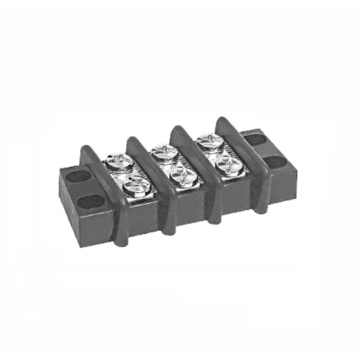
2.54mm Box Header IDC Type Without Mounting Ears
- Payment Type:
- T/T, Paypal, Western Union
- Incoterm:
- FOB, CIF, EXW, FCA
- Min. Order:
- 1000 Bag/Bags
- Min. Order:
- 1000 Bag/Bags
- Delivery Time:
- 10 Days
- Transportation:
- Ocean, Air
- Port:
- SHENZHEN, SHENZHEN
Your message must be between 20 to 2000 characters
Contact Now| Place of Origin: | China |
|---|---|
| Productivity: | 100000K/month |
| Supply Ability: | 100000K/month |
| Payment Type: | T/T,Paypal,Western Union |
| Incoterm: | FOB,CIF,EXW,FCA |
| Certificate: | ISO9001 |
| HS Code: | 8536909000 |
| Transportation: | Ocean,Air |
| Port: | SHENZHEN,SHENZHEN |
The structure of the wire-to-board connector is simple: place the electrode (contact) in the outer casing (rubber case). There are two types of contacts: rods or tabs of "plugs" and "sockets". Push the plug completely into the socket and cover it to achieve [pairing". (Fig. 1) Generally speaking, the socket is connected to the wire, and the plug is connected to the substrate, but this can be reversed depending on the usage. The connection of wires and contacts is typically accomplished using "pressure bonding" techniques such as crimp terminals. "Pressure welding" can also be used to connect wires and contacts. The pressure welding technique is used for low current connections to simply connect the insulated wires to the contacts, allowing for a full connection. Although this method is convenient, the durability may be reduced. The above two technologies can avoid the overheating caused by soldering technology and protect the connection from damage.
SPECIFICATION
Current Rating: 3.0Amp
Insulation Resistance: 1000MΩ min
Contact Resistance: 20MΩ max
Withstand Voltage: 500V AC/DC
Operating Temperature: -40°C to +105°C
Contact Material: Brass
Contact Plating: Au or Sn Over Ni
Insulator Material: PBT UL 94V-0

Related Keywords











